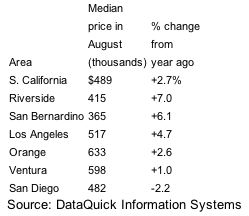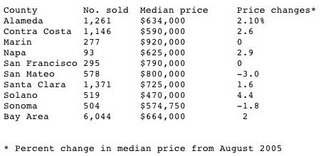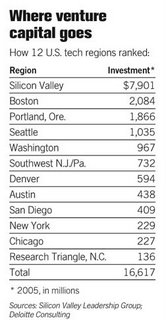Book Watch: The Shia Revival
 Vali Nasr's new book on Shia-Sunni relations, and its long-term implications for the Middle East and US Foreign Policy, is going to be an important reference for years to come. The book is aimed at a general audience, and gives a summary of the history on Shia-Sunni relations. The bulk of the book is spent on recent history (since right before the Iranian revolution), and devotes a long chapter to the current US occupation of Iraq.
Vali Nasr's new book on Shia-Sunni relations, and its long-term implications for the Middle East and US Foreign Policy, is going to be an important reference for years to come. The book is aimed at a general audience, and gives a summary of the history on Shia-Sunni relations. The bulk of the book is spent on recent history (since right before the Iranian revolution), and devotes a long chapter to the current US occupation of Iraq.Having had just a general understanding of the Shia-Sunni "conflict", I learned a lot from this book. As expected, the Shiism, is not monolithic, and the schools in Qom and Najaf provide a good snapshot of the two major philosphies. The Qom clergy tend (though not all of them do) to approach things as Khomeni did: the Shia clergy should have a leading role in public affairs, i.e., an Islamic state. The Najaf school, as led by Sistani, believe that the Shia and Shia philosophy deserve to be heard, as part of a democratic process, but they do not believe that clergy should have final say on affairs of the state. The author gives a positive potrayal of Sistani as someone who cares for his people, but who does not believe the Shia should work for a Shia Islamic state in Iraq.
One point the author makes is that the situation in Iraq really worries the Sunnis in the Arab states. Much like the Islamic revolution in Iran was felt across the Sunni pockets in the Arab world, the Shia ascendance in Iraq, has led some Sunni fundamentalists to advocate sectarian conflict. Estimates place the Shia at 10-15% of the world's Moslem population, with the Sunnis comprising most of the rest. Sunni animosity towards the Shia has a long history, and in some quarters, it runs deep.
The author makes a convincing case that a key to success in the Middle East is managing Shia ascendance, and Shia-Sunni relations. This book is a great primer on that very subject. I recommend it highly. Scary to think that President Bush is rumored to not have known the difference between Shia and Sunni, before he took office. The book is well-written and extremely engaging.
UPDATE: Vali Nasr gave an excellent talk and Q&A session with the World Affairs Council of Northern California.
Labels: iran, iraq, middle east, shia, sunni








